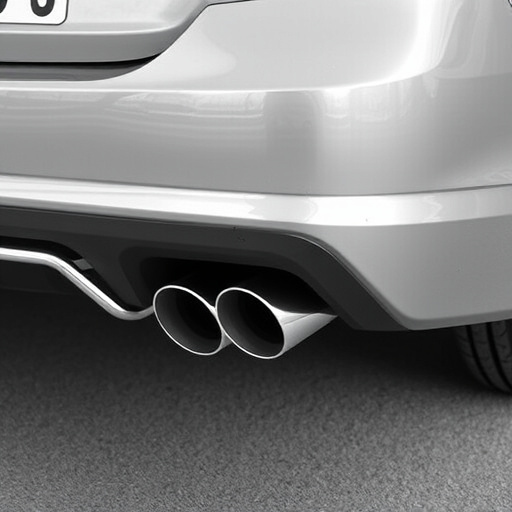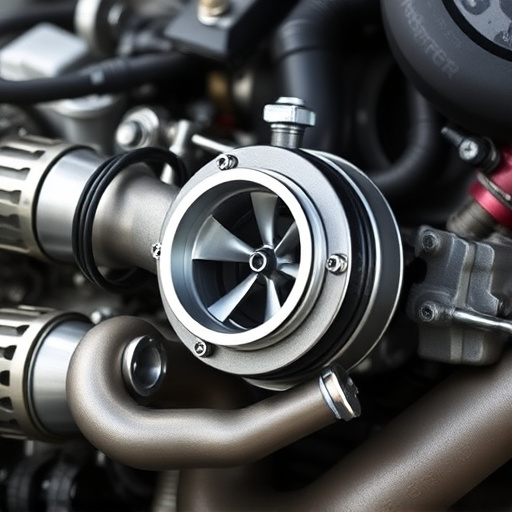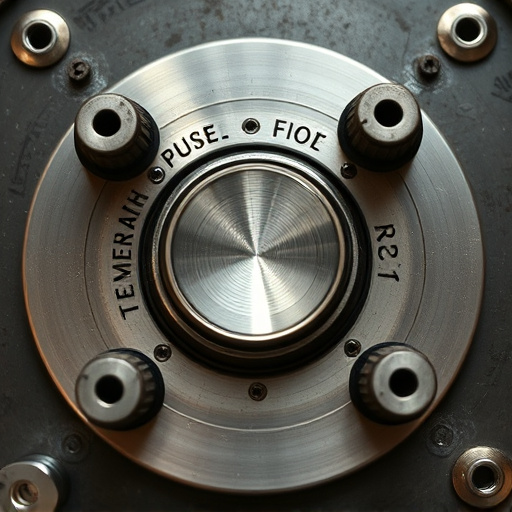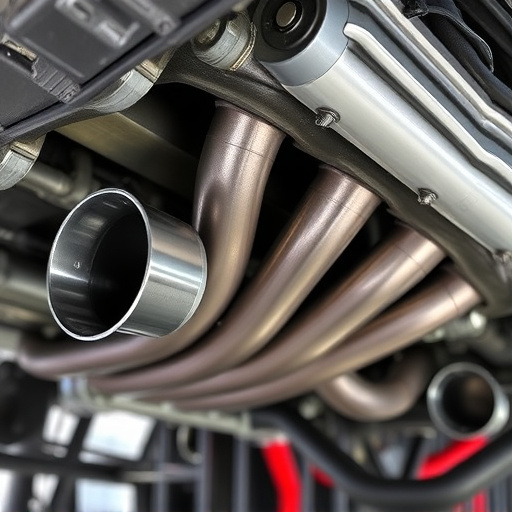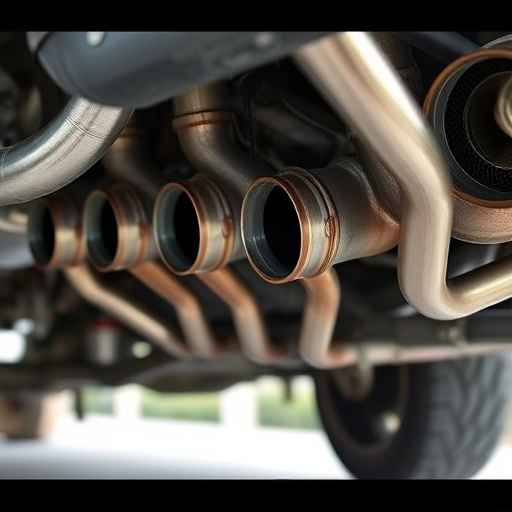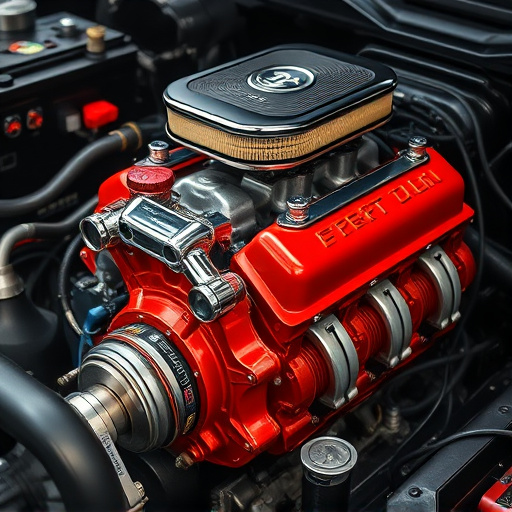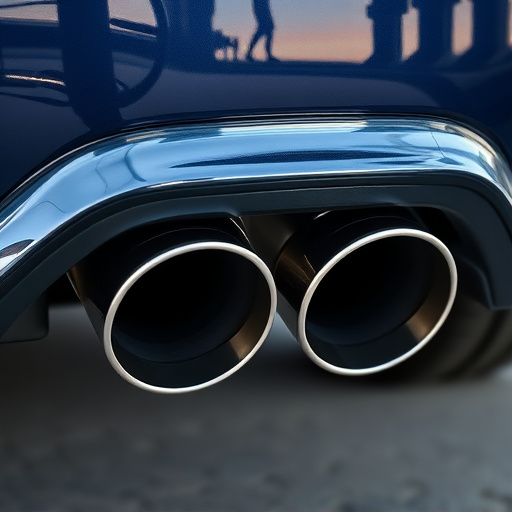The Check Engine Light (CEL) is a critical indicator of vehicle issues, often triggered by problems in the engine air intake system. Common culprits include clogged/damaged air filters, leaks in hoses/pipes, and incorrect installations of modifications. Regular monitoring and addressing these concerns are vital for maintaining optimal vehicle health and preventing breakdowns. Issues in the air intake system can disrupt precise air-fuel combustion, leading to CEL activation, misfires, and inefficient performance. Diagnosing problems like leaks, clogged filters, sensor malfunctions, or faulty wiring through visual inspections and pressure gauge tests is essential for resolving these issues and keeping your vehicle running smoothly.
“Unsure why your check engine light is on? The culprit could be as simple as an issue with your engine’s air intake system. This essential component plays a vital role in your vehicle’s performance, and any disruptions can trigger the light.
In this article, we’ll explore common causes of the check engine light, focusing on air intake problems. We’ll guide you through understanding symptoms, diagnosing issues, and providing effective solutions to restore your engine’s health and optimize its efficiency.”
- Understanding the Check Engine Light: Common Causes and Symptoms
- The Role of Engine Air Intake: How It Can Trigger the Light
- Diagnosing and Addressing Air Intake Issues: Steps and Solutions
Understanding the Check Engine Light: Common Causes and Symptoms
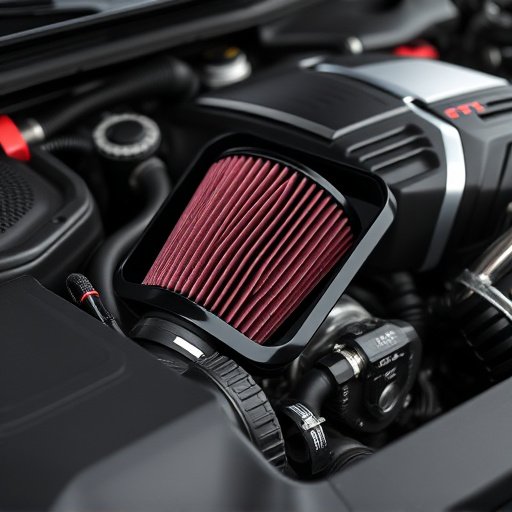
The Check Engine Light (CEL) is a crucial indicator on your dashboard, alerting you to potential issues with your vehicle’s performance and efficiency. When this light illuminates, it could be signaling various problems, including those related to your engine air intake system. Understanding what the CEL is and its common triggers is essential for maintaining optimal vehicle health.
One of the most frequent causes of a glowing CEL is an engine air intake problem. This can result from a clogged or damaged air filter, which restricts airflow into the engine, leading to poor combustion and inefficient vehicle performance. Other related issues might include leaks in the air intake system, such as cracked hoses or disconnected pipes, allowing unfiltered air or fuel-air mixture to enter the engine, causing misfires and reducing power output. Exhaust tips and cold air intakes, while modifying vehicle performance, can also contribute to CEL activation if not installed correctly or if they cause disruptions in the airflow sensors and monitoring systems.
The Role of Engine Air Intake: How It Can Trigger the Light
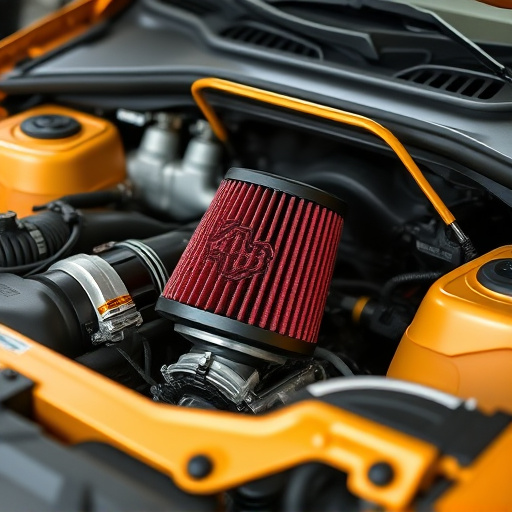
The engine air intake system plays a vital role in your vehicle’s performance and efficiency. It is responsible for drawing in a precise amount of air, which is mixed with fuel to create combustion within the engine. Any disruptions or imbalances in this process can lead to various issues that may trigger the Check Engine Light.
One common reason for the light to come on is an issue with the air intake itself, such as a contaminated or blocked filter. Over time, dust, dirt, and debris can accumulate, reducing airflow and causing the engine to run inefficiently. Additionally, problems with the sensors or wiring connected to the air intake system can also set off the warning light. This might include faulty mass air flow (MAF) sensors that measure air entering the engine or oxygen sensors that monitor exhaust gases, both of which are crucial for optimal combustion and emissions control. Furthermore, issues with surrounding components like muffler tips or performance exhaust systems could indirectly affect airflow, leading to a malfunctioning air intake and the subsequent lighting of the Check Engine Light.
Diagnosing and Addressing Air Intake Issues: Steps and Solutions
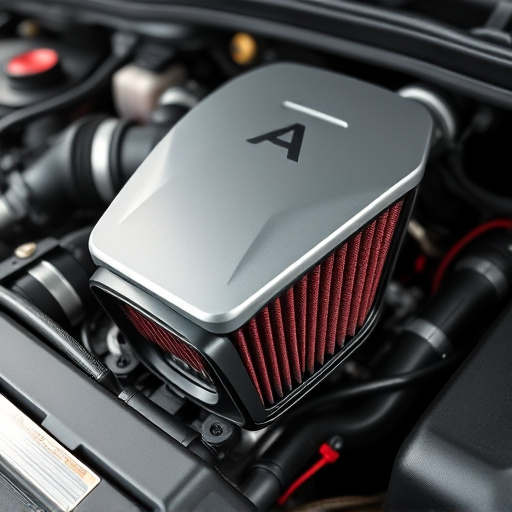
Diagnosing air intake issues is a crucial step in understanding why your check engine light might be on. Here’s what to do:
1. Inspect for Leaks: Begin by visually inspecting all components of the engine air intake system, including the air filter, mass air flow sensor, and intake pipes. Look for any signs of damage, cracks, or loose connections that could cause leaks allowing unfiltered air into the engine.
2. Check Air Filter: A clogged or dirty air filter can restrict airflow, causing the engine to compensate by drawing in contaminated air through leaks. Replace the air filter if it’s excessively dirty or damaged. Remember, a clean air filter is essential for optimal engine performance.
3. Examine for Clogged Sensors: The mass air flow (MAF) sensor measures the amount of air entering the engine. A clogged or faulty MAF sensor can send inaccurate signals to the engine control unit, triggering the check engine light. Have a professional check and clean or replace the sensor if necessary.
4. Test for Pressure: Use a pressure gauge to test the air intake system’s efficiency. If there’s low pressure at the intake, it could indicate issues with exhaust mufflers or other components obstructing airflow.
By systematically addressing these steps, you can identify and resolve many common air intake problems that might be causing your check engine light to illuminate.
The check engine light is a crucial indicator of potential vehicle issues, and one common culprit related to this warning sign is problems with the engine’s air intake. By understanding how the engine air intake system functions and its impact on the light’s activation, drivers can effectively diagnose and address these concerns. Regular maintenance and prompt attention to any unusual symptoms ensure optimal engine performance and longevity. Keep in mind that seeking professional assistance for a thorough diagnosis is always recommended when dealing with check engine lights and potential engine air intake issues.








